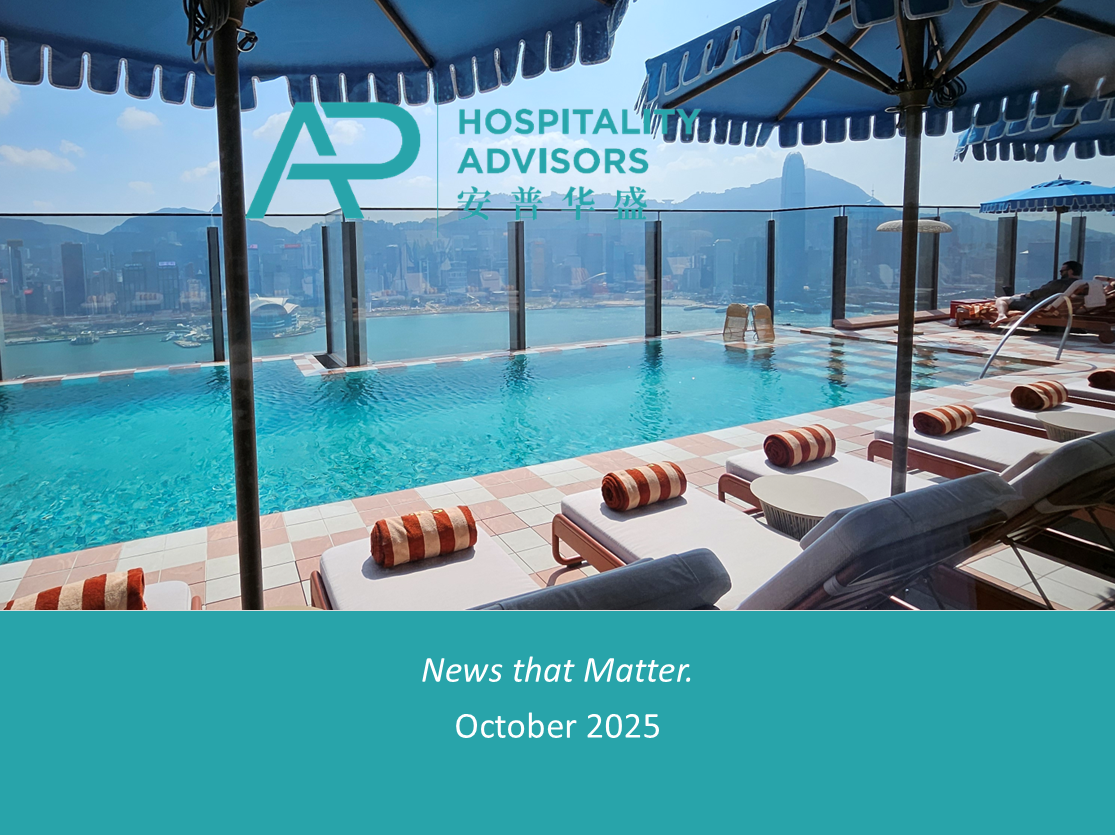Changes to hotel leases in select markets in Asia-Pacific and Europe during the times of COVID-19 (5/5)


Part 5: Changes to hotel leases
This series of articles discusses key characteristics by illustrating the most salient points of hotel leases (part 1) in Australia, Mainland China, Hong Kong SAR (part 2), Malaysia and Thailand, Singapore, South Korea in Asia-Pacific (part 3) and Austria, Germany, Switzerland (jointly as DACH) and the UK & Ireland in Europe (part 4) along with our conclusion (part 5). Japan, as a major leasing market in Asia-Pacific, deserves its own article (or book) and is not discussed in this series.
Conclusion
COVID-19 has posed numerous challenges to the world, the hotel industry and hotel lessees in particular. Hotel leases come in many types and structures and may be even more diverse than hotel management agreements. The business interruption caused by the pandemic has lessees suffering from high fixed rent components, which owners are reluctant to forego. However, replacing a lessee during these testing times at similar or more favourable terms can prove to be very difficult. These dynamics force both sides to workout solutions in the interim or make (permanent) adjustments to the lease agreement. The below list summarizes the most common workarounds and options at hand for lessees and owners alike (in no particular order):
· Consider a rental pause for a specific period and extension of the lease term at a multiple of that period.
· Explore rent deferral and accrual.
· Adjust lease coverage ratios.
· Conduct periodic (fixed) rent reviews by an independent, professional property valuer.
· Introduce a RevPAR adjustment mechanism for fixed rents.
· Reduce yield targets.
· Increase the variable rent component and lower the fixed component.
· Have owners to proactively seek out value-add opportunities.
· Consider shorter terms to lessen impact on balance sheet.
· More carefully discern what guarantees lessee can offer.
· Lessees to provide see-through or transparency on the operating business for the owner to assess risk more carefully.
· Consider lessees to more diligent underwriting of lease structures by operators with stress-tests.
· Operators need to develop innovative lease structures.
· Differentiate variable lease component rates for rooms and food and beverage.
· Have either the owner or lessee sublease as many food and beverage outlets as possible to further de-risk.
· Owner may need to assume (some) pandemic risk or similar “systemic” revenue shortfall over a longer period.
· Introduce mandatory operating rights for leases with a variable rent component.
· Lessees may seek stop mechanisms and go-dark clauses.
· Consider replacing archaic force majeure clauses.
· Well-capitalized operators may be able to grow market share in the short-to-medium term as market conditions are more favourable to them.
Already prior to the pandemic, leases had fallen out of favour among asset-light hotel operators, a trend exacerbated during COVID-19.In many markets, this period of distress will force a rethink of how leases are looked upon by various stakeholders. Similar to other sectors of real estate, owners need to start working harder, potentially together with their lessees to maximize their asset returns. In those cases, they get greater transparency on the business model and may be able to accept more variable terms. Which way the industry will go, only time will tell.
This is the last article in the series. Thank you to all who gave your time and support - you know who you are.







